This week we’ve explored all manner of issues along the North Coast 500, from toilet troubles to campervan chaos throughout the Highlands.
But what do the people behind the marketing of the major tourist route think about the problems being highlighted by locals?
Join us as we sit down for a discussion with Craig Mills, director of operations at NC500 Ltd, to find out a little bit more about how his organisation works, and see what he thinks about the issues facing local communities.
What’s the history of the NC500 tourist route?
North Coast 500 Ltd was created in 2015 with the aim of promoting business growth in the Northern Highlands.
The company itself is small, with just five employees spread out across the Highlands.
Established with the backing of the then-Prince Charles, it was created with the aim of attracting visitors to the most remote parts of the Scottish mainland.
The NC500 Ltd brand is currently owned by the country’s largest private landowner, the Danish fashion tycoon Anders Povlsen.
He took control of the route from the North Highland Initiative — which was established by King Charles III — in 2019.
A request to interview Mr Povlsen was declined.
How does NC500 Ltd work?
Primarily, NC500 Ltd is all about the promotion of the 516-mile driving route and the businesses along it.
These businesses pay a fee to be featured on the NC500 website and appear in other content produced by the team.
Paying businesses also get the use of the NC500 branding and are offered the chance to network with other NC500 business members.
Just shy of 800 businesses currently pay for this service.
“We have to pay our staff and one of the ways that we do that is we offer local businesses a chance to use the branding which we have built up and which we have built this reputation around,” Craig said.
“We give them a chance to be on our website which gets hundreds of thousands of views every year, we give them the chance to be in content we produce, and we connect them up with other businesses, and we do this for a very cheap, we have never put the price up.”
Craig said that the progress made so far by the company would not have been possible if it was a charity or volunteer organisation because this had been tried before in the region and failed when the volunteer enthusiasm faded.
By making NC500 Ltd a company, it injected longevity, he argued.
Craig said it is not “about adding a gold toilet to my house or any of these crazy stories I have genuinely read.”
How much money does the NC500 Ltd company make?
North Coast 500 Ltd has not made a profit since it began in 2015.
Speaking to The Press and Journal last year, Craig said that this fact “has not dampened the ambition, commitment, and determination to ensure that businesses across the north Highlands see their own profits grow and create new local jobs and opportunities.”
It’s not clear what the financial state of the company is currently, though the NC500 route did see a spike in popularity over lockdown when British residents couldn’t leave the country.
Has the NC500 been a success?
Craig says that the company has been “phenomenally” successful in what it set out to do.
“When I joined the company five years ago we had 200 business members who worked with us and supported us, and now we have close to 800,” he said.
“That is a big win for us because it’s the local businesses that make up the local communities that are ultimately getting the customers coming in and paying money for their services.”
The company’s priority was to improve prospects for Highland businesses by bringing more visitors to the region.
“We haven’t put in big theatres, we’re not Disneyland, we simply said: ‘Look what there is here guys’ and everybody agreed, they just go ‘wow’,” said Craig.
“We’ve got people from the Seychelles downloading an NC500 podcast about the northern Highlands and publications like Conde Nast Traveller and National Geographic writing about it.”
What about the problems that NC500’s popularity has created?
Residents who live along the NC500 route have been struggling with the huge numbers of visitors wanting to travel “Scotland’s ultimate driving route”.
Problems with human waste, dirty camping and roads chaos are common.
Camping and motorhome problems
Craig says appreciates that these challenges can be frustrating.
“Campervans, for example, are a challenge that we have to meet,” he said.
“It looks like a simple fix, but actually when you put free parking in for them that detracts from some of our business members’ offerings, which are campervan sites, so we’d be taking away a local business’ chance to get an income or to pay their bills.”
“We need careful messaging to make sure that we are encouraging people to go to paid sites and see a value in that.”
Road issues
From Craig’s point of view, lots of people don’t understand the function of the NC500 Ltd company.
“I have people saying to me ‘the roads outside my house are terrible’,” Craig said.
“Sorry, do people think that I can go with a bucket and spade and fix things?
“Well, I can’t. Do people think that I can walk into Highland Council and demand things? Well no, I can’t.
“If I had profits to share, could I genuinely walk around and go ‘there you go guys there’s the money’? No, I couldn’t do that.
“People think it’s a get-out, it’s not at all.
“I’ve said to one or two people ‘I’ll share all my profits with you but you have to share all my losses with me because I run at a loss every year and I have to try and plug that gap’.”
Craig also argues it would be unwise to ignore the real successes of the route and all the businesses and families in the region who depend on tourism.
He said: “But I understand others are upset and there has to be a middle ground somewhere. People though inherently are often quite good at complaining and can sometimes overlook the positives.”
There are calls for land access rights to be restricted as a result of inconsiderate NC500 visitors. What does Craig think of that?
Any discussions around potentially restricting the Outdoor Access Code have to be looked at Scotland-wide, according to Craig.
He doesn’t think it would be fair to have specific rules in the north Highlands and that in the long run, this would cause more issues.
“The thing that annoys me about the Scottish Outdoor Access Code is everybody looks at it from their side and reads the sentence that pertains to them,” he said.
“We have got a link to it from our website, we tell people to check it before they come.
“But I think a lot of the issues that we see are from people who are camping irresponsibly or wild parking which is not wild camping.
“I think a lot of them did not intend to go out and cause trouble, they weren’t intending to park up, but the kids are in the back screaming, nappies are needing changed… ignorance is not an excuse but the rangers can educate them and that makes a big difference.”
Craig is also unsure how much difference specific camping restrictions, like the ones at Loch Lomond, make long-term and says he “would like to see some figures on how successful or unsuccessful it has been.”
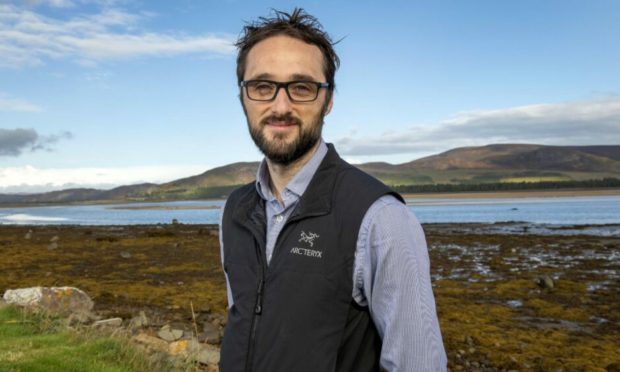
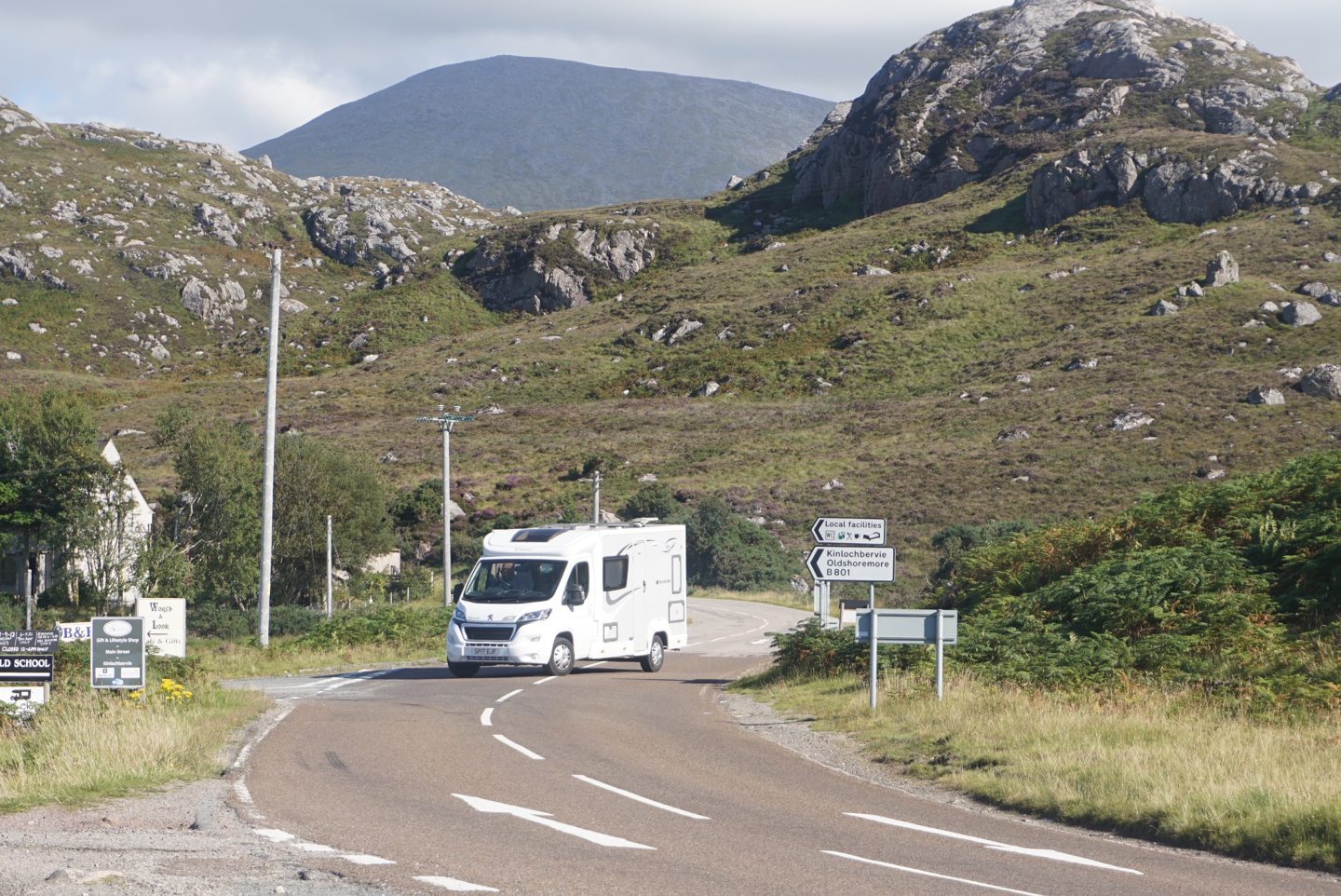
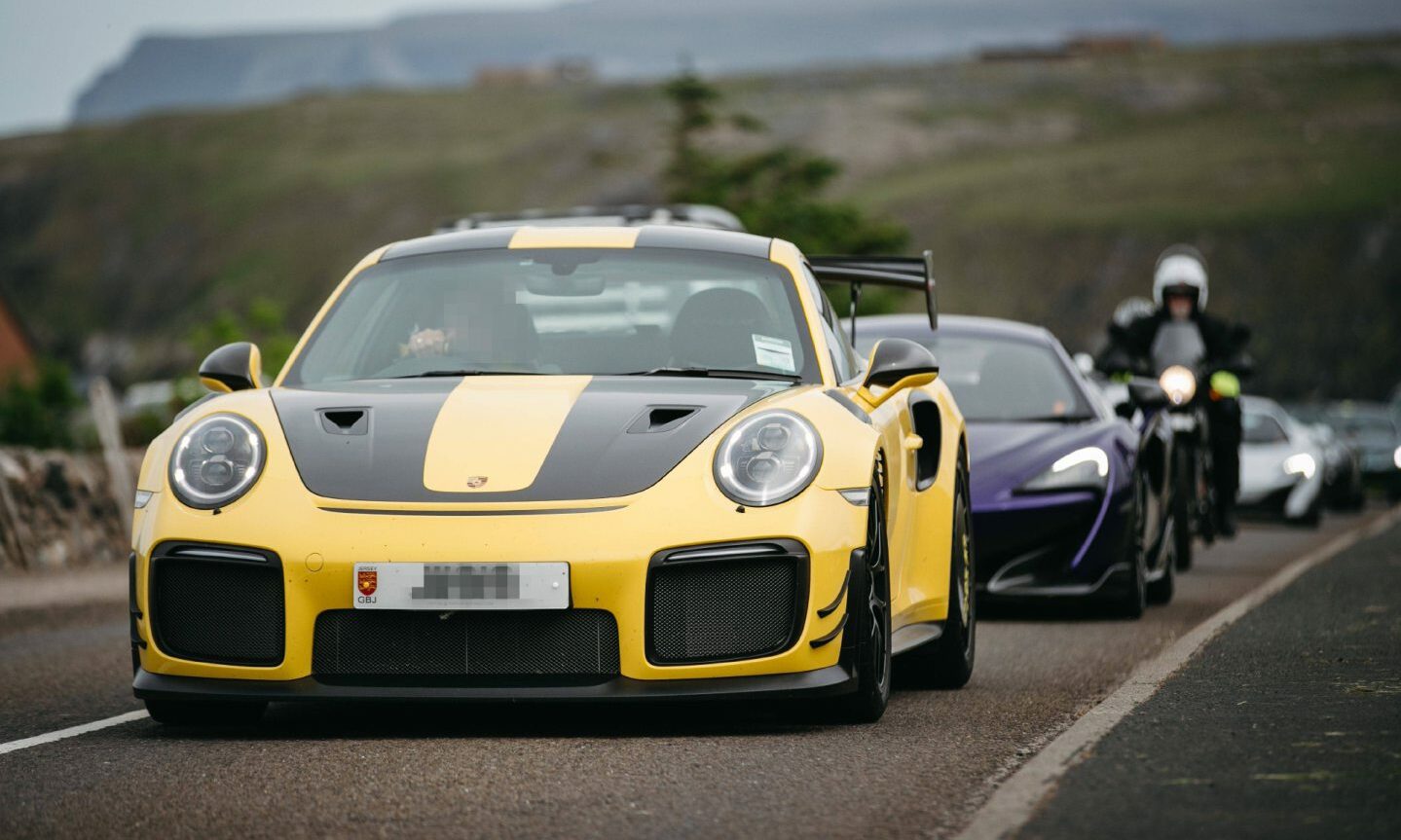


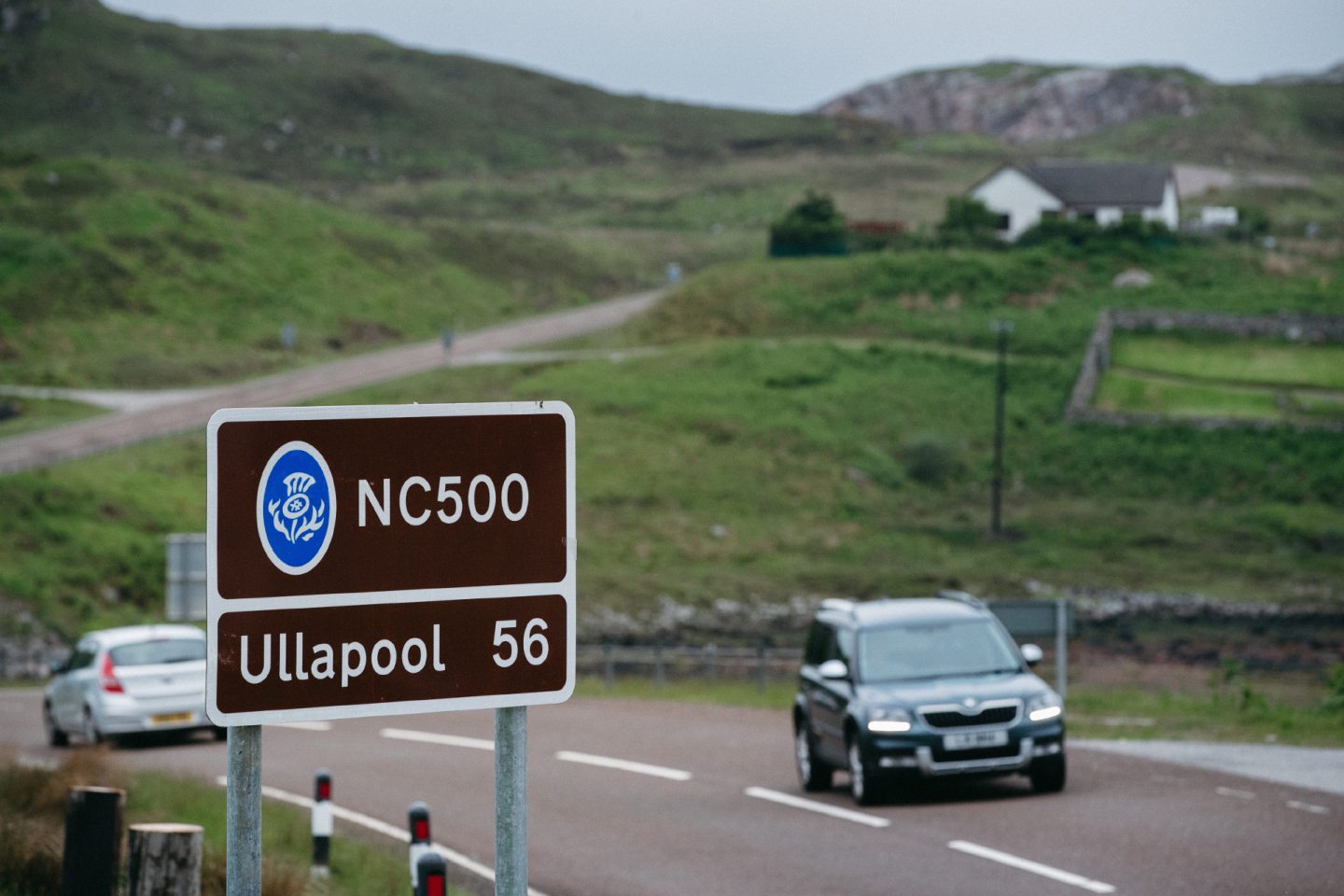
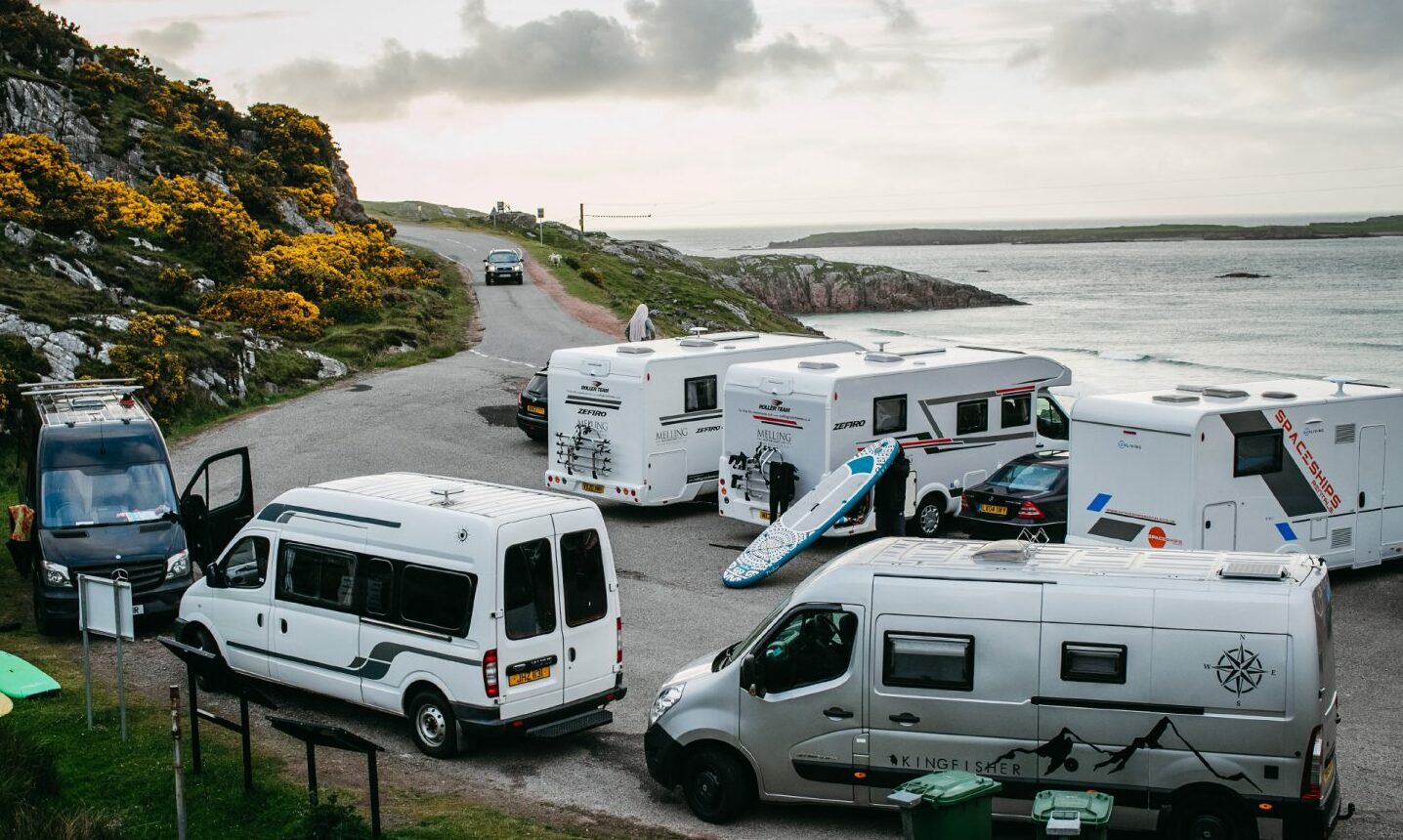
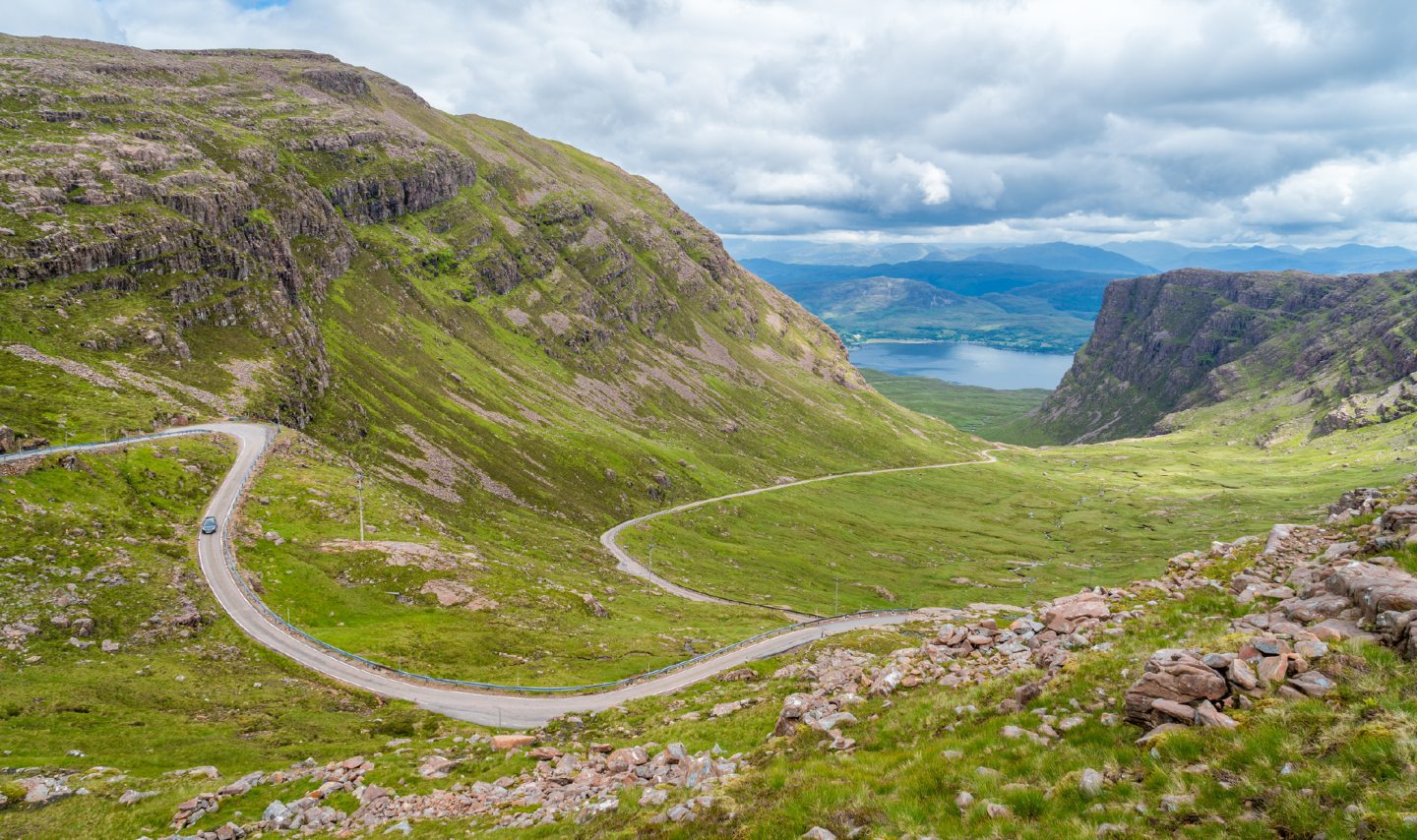


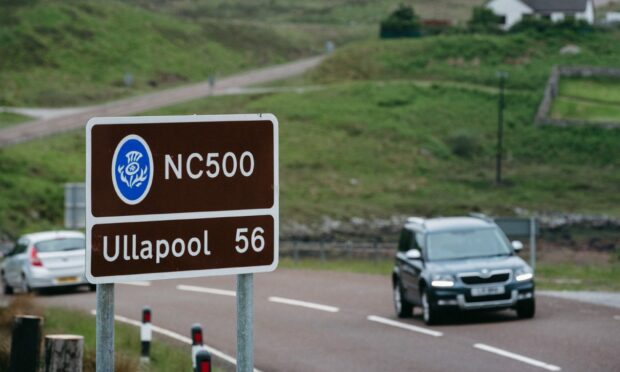
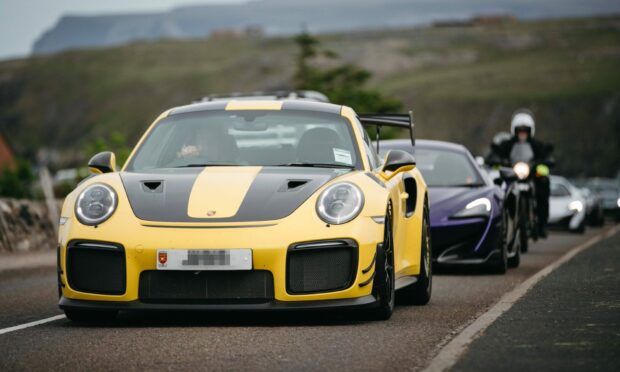
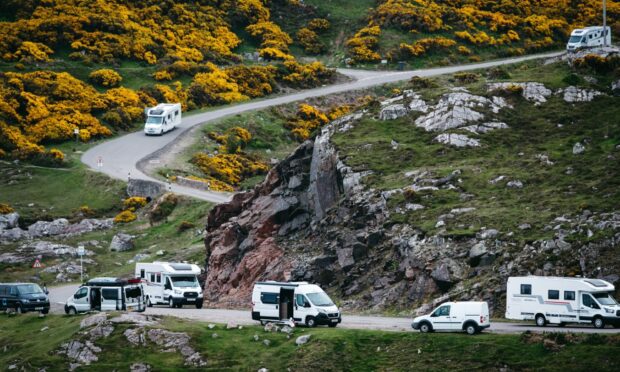
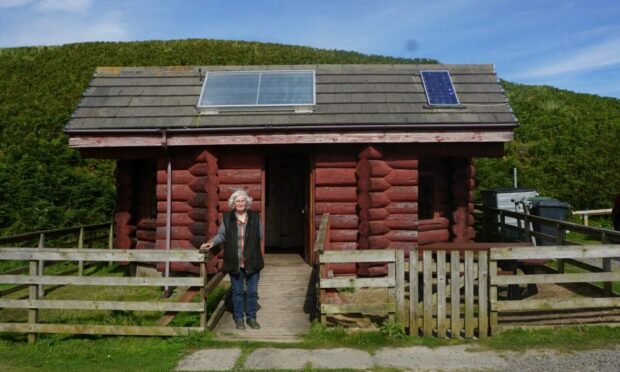
Conversation